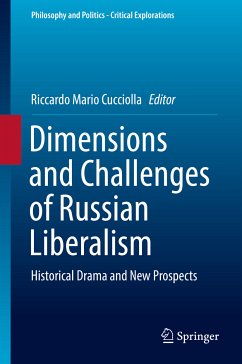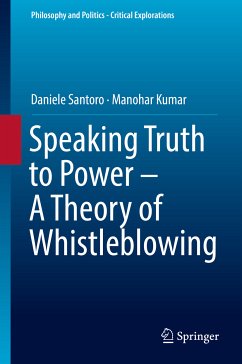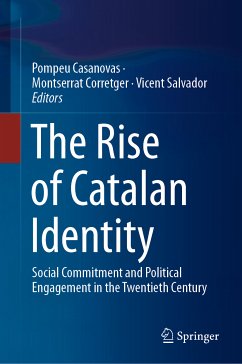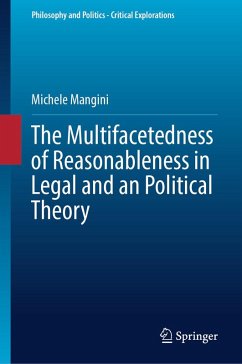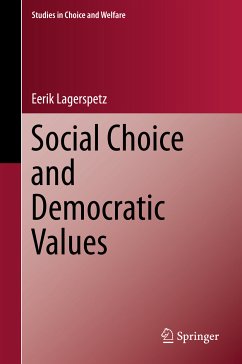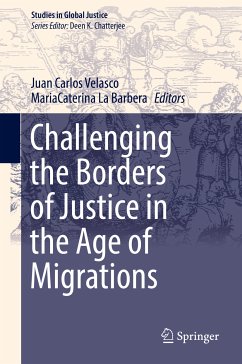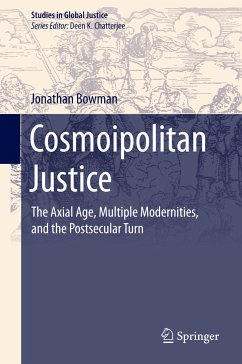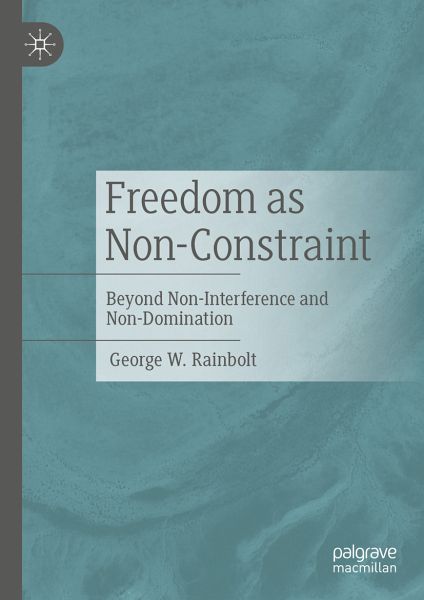
Freedom as Non-Constraint (eBook, PDF)
Beyond Non-Interference and Non-Domination
Versandkostenfrei!
Sofort per Download lieferbar
88,95 €
inkl. MwSt.
Weitere Ausgaben:

PAYBACK Punkte
44 °P sammeln!
When is a person free to do something? The focus of much of the recent work on this question has been the debate between those who defend freedom as non-interference (aka liberals) and those who defend freedom as non-domination (aka republicans). This book defends a new answer to this question, freedom as non-constraint. According to freedom as non-constraint, both interference and domination cause unfreedom, both human and natural constraints cause unfreedom, and both controlled and uncontrolled interference cause unfreedom. Compared to liberal and republican theories, freedom as non-constrai...
When is a person free to do something? The focus of much of the recent work on this question has been the debate between those who defend freedom as non-interference (aka liberals) and those who defend freedom as non-domination (aka republicans). This book defends a new answer to this question, freedom as non-constraint. According to freedom as non-constraint, both interference and domination cause unfreedom, both human and natural constraints cause unfreedom, and both controlled and uncontrolled interference cause unfreedom. Compared to liberal and republican theories, freedom as non-constraint provides a better account of systemic and structural threats to freedom, a better picture of how market forces and governments impact freedom, and a better understanding of how the natural world constrains freedom. Freedom as non-constraint also provides a new account of the scalarity of freedom and points to the limits on our ability to measure freedom with precision.
Dieser Download kann aus rechtlichen Gründen nur mit Rechnungsadresse in A, B, BG, CY, CZ, D, DK, EW, E, FIN, F, GR, HR, H, IRL, I, LT, L, LR, M, NL, PL, P, R, S, SLO, SK ausgeliefert werden.



